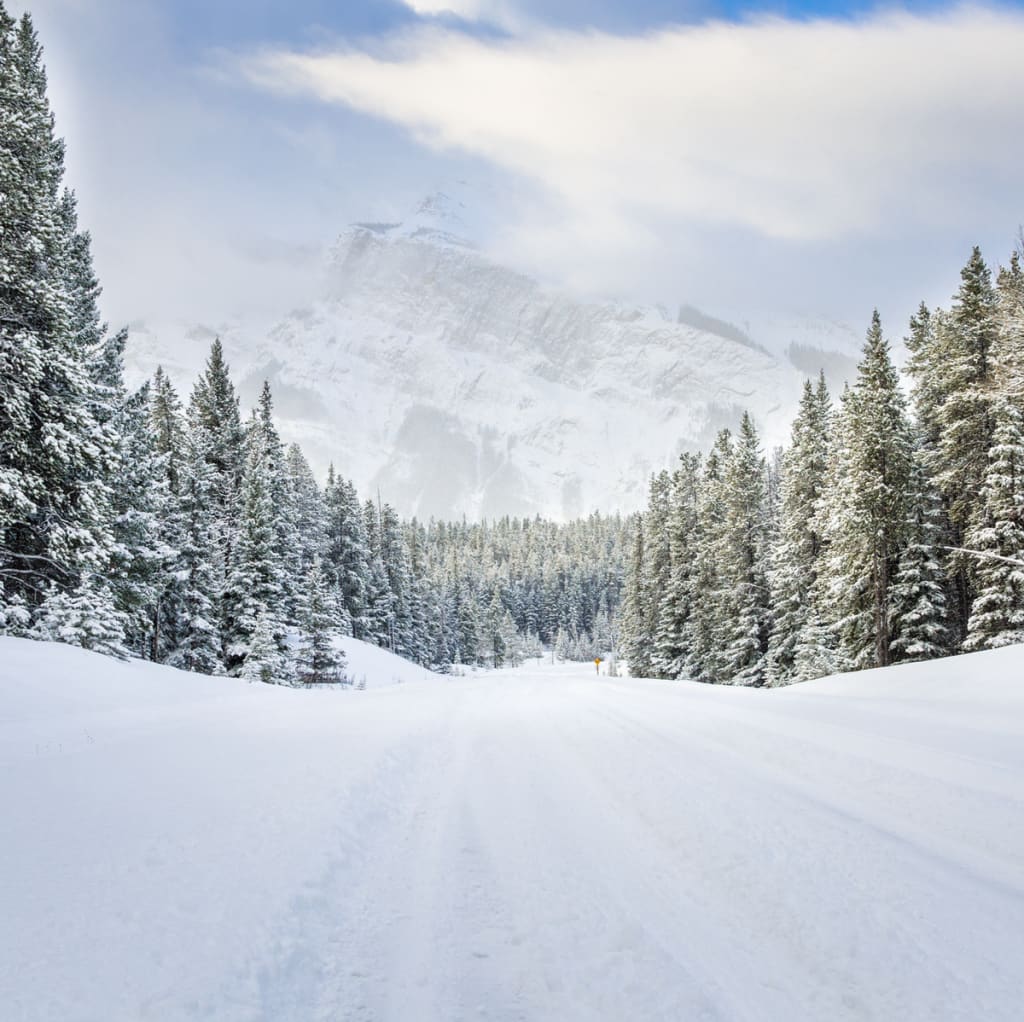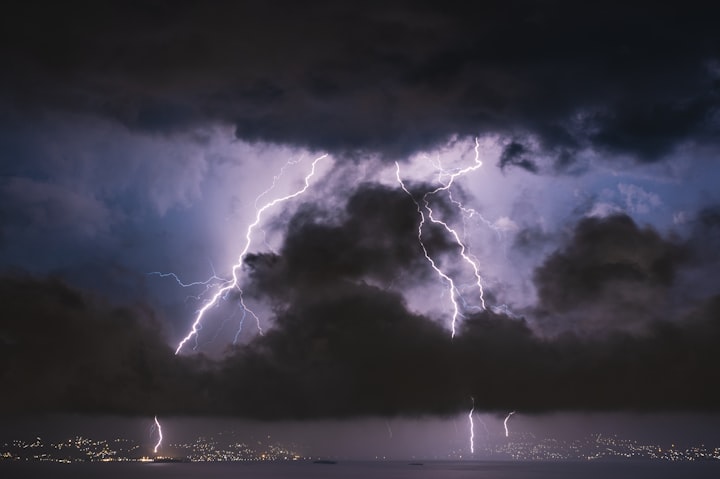WINTER SEASON AMERICA
Winter 2022

Winter is the coldest season in polar and temperate climates. Occurs from autumn to spring. The tilt of the earth's axis causes the seasons. Winter occurs when one hemisphere faces away from the Sun. Different cultures start winter at different times. Some use weather-based definitions.
If it is winter in the northern hemisphere, it is summer in the southern hemisphere, and vice versa. In many areas, winters are snowy and temperatures drop below freezing. The moment of the winter solstice is when the altitude of the Sun relative to the North or South Pole is most negative. That is, the Sun is at the very bottom of the horizon, measured from the poles. The day on which this occurs has the shortest day and longest night, with longer days and shorter nights as the season progresses from the winter solstice.
The earliest sunset and latest sunrise dates outside the polar regions vary with latitude, unlike the winter solstice dates. They vary due to variations in the solar day throughout the year caused by the Earth's elliptical orbit
If it is winter in the northern hemisphere, it is summer in the southern hemisphere, and vice versa. In many areas, winter brings snow and freezing temperatures. The moment of the winter solstice is when the altitude of the Sun relative to the North or South Pole is most negative. That is, the Sun is at the very bottom of the horizon, measured from the poles. The day on which this occurs has the shortest day and the longest night, with longer days and shorter nights as the seasons progress from the solstice.
How to protect your loved ones from the cold?


According to astronomical definitions, winter begins on December 21, 2021 at the winter solstice and ends on March 20, 2022 at the vernal equinox. By meteorological definition, the first day of winter began on his December 1st and the last day was his February. 28 This data historically describes the periods of each year when winter storms are most likely to occur. However, the possibility of winter storms occurring outside these boundaries is evident, as evidenced by the early formation of a winter storm in mid-October on his 12th of this season. I have. Both definitions of winter include the beginning of the calendar year, so winter storms can span two different years. Moreover, after the official start of spring, possibly in June, as evidenced by a late-season winter storm that hit Colorado with heavy snowfall in late May 2022, followed by only one day of warm temperatures. Until then, major winter events can occur. in advance.
How to protect your loved ones from the cold?
On October 13, 2021, The Weather Channel (TWC) released its forecast for US winter temperatures for the winter of 2021-22. The projections reflected the likelihood that weak La Niña patterns and weak polar vortices will occur for much of the season. Overall winter temperatures were projected to be well above average over much of the Southern Plains, with temperatures near average across much of the central and northeastern United States. Slightly below average temperatures were forecast for most of the North Central and Northwest United States. A relatively weak La Niña event was expected for the first half of the season, with below-average temperatures in the north and above-average temperatures in the south. However, with both the La Niña and the polar vortex expected to intensify later in the season, widespread above-average temperatures were projected for most parts of the United States, especially in the southern and eastern parts of the United States, in the second half of winter. Below-average temperatures were expected in the far northwestern United States.
Before extra snow occasions befell at some point of January, with below-common temperatures being common, Falcon Lake, TX set a document for the very best January temperature withinside the contiguous United States on January 1, at 99.0 °F (37.2 °C).[21] One such hurricane in January become the a substantial iciness hurricane withinside the jap 1/2 of of the usa in mid-January with snow and ice,inflicting Georgia, Virginia, North Carolina and South Carolina to all claim a nation of emergency in instruction for the iciness hurricane.The maximum substantial occasion befell on the give up of the month, while a main snowstorm struck the Northeastern United States on January 28–29. This hurricane added as much as 1–three inches (2.5–7.6 cm) throughout a swath of New England and brought about full-size impacts. Blizzard situations had been shown at a couple of places in New England, consisting of Providence, Boston, and Worcester, similarly to a few regions at the Jersey Shore receiving snowstorm situations. In early February, some other principal iciness hurricane affected the usa, with regions as a ways south as Texas to as a ways north as Maine receiving substantial snowfall, aleven though withinside the former it become now no longer as horrific because the preceding year's hurricane which crippled the nation's electricity grid. Howard Pass, Alaska noticed a wind kick back of −91 °F (−68 °C) on February 7.

How to protect your loved ones from the cold?
Heaters to protect against cold.
What is the heater?
Electrical heating is the process of converting electrical energy directly into thermal energy with approximately 100% efficiency using fairly inexpensive equipment. Common applications are heating, cooking, hot water supply and industrial processes. An electric heater is an electrical device that converts electricity into heat. The heating element in electric heaters is an electric resistor and works on the principle of Joule heating.
A current flowing through a resistor converts this electrical energy into heat energy. Most modern electric heaters use Nichrome wire as the active element. The heating element on the right uses Nichrome wire supported by a ceramic insulator.
Alternatively, a heat pump can achieve a heating efficiency of around 300, or a COP of 3.0. This is because it only uses electrical energy to transfer existing thermal energy from the environment (mainly air). A heat pump uses an electric motor to power a refrigeration cycle, extracting heat energy from a heat source such as the ground or the outside air (or inside a refrigerator) and directing that heat to a space to be heated (in the case of a refrigerator). . refrigerator, kitchen). This uses much more electrical energy than direct electric heating, but requires much more expensive equipment and plumbing. Some heating systems can be operated in reverse for air conditioning, thus cooling the inside and making the air or water even hotter.

How to protect your loved ones from the cold?






Comments
There are no comments for this story
Be the first to respond and start the conversation.